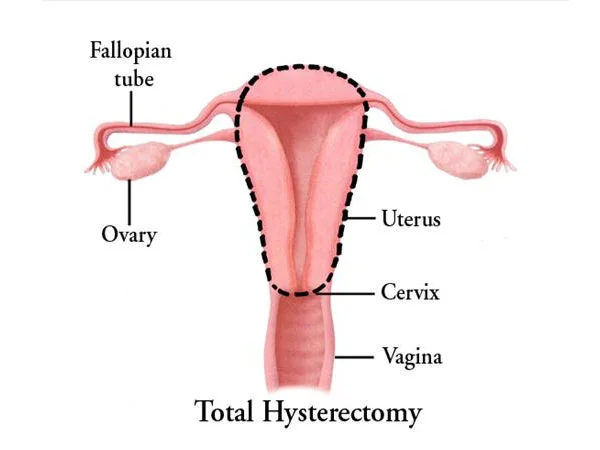
Total Laparoscopic Hysterectomy
Total laparoscopic hysterectomy (TLH) is a minimally invasive surgical procedure that involves the removal of the uterus using laparoscopic techniques. It is typically performed by a gynaecologist and is commonly used to treat various conditions affecting the uterus, such as uterine fibroids, endometriosis, adenomyosis, and abnormal uterine bleeding.
Procedure:
During a TLH, the surgeon makes small incisions in the abdomen and inserts a laparoscope, which is a thin, flexible tube with a camera and light source, to visualise the pelvic organs. Other specialised instruments are then used to dissect and remove the uterus through the small incisions, without the need for a large abdominal incision.
Advantage:
There are several advantages to TLH compared to traditional open abdominal hysterectomy, which involves a larger incision.
These may include
- Reduced pain,
- Shorter hospital stay
- Faster recovery,
- Less scarring
- Lower risk of complications such as infection and bleeding.
TLH also offers improved cosmetic results and allows for better visualisation of the pelvic organs, which can aid in surgical precision.
Risk Factor to be considered
However, like any surgical procedure, TLH also carries some risks, which may include
- Bleeding
- Infection
- injury to surrounding organs
- complications related to anaesthesia.
It is important to discuss the potential benefits and risks of TLH with your healthcare provider to determine if it is the right treatment option for your specific condition. Your healthcare provider will consider various factors such as your overall health, the size and location of the uterus, and the presence of any other medical conditions before recommending TLH or any other surgical approach.

